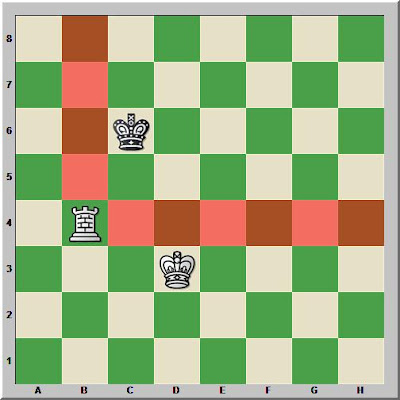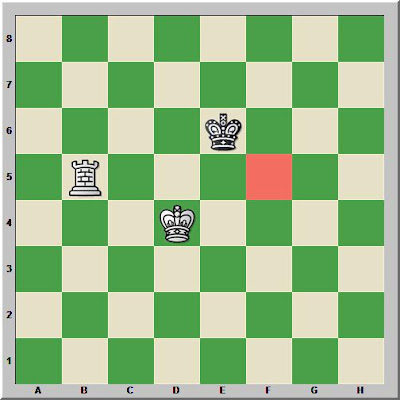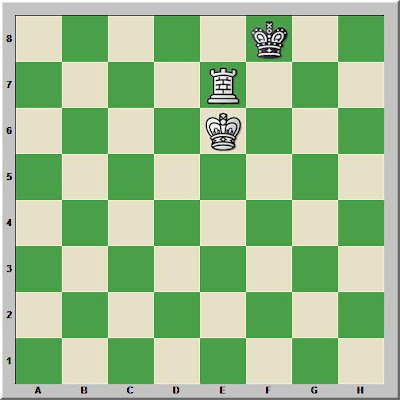A jury of Grandmasters votes on the best games of each issue of Chess Informant. For Informant 105 (2009), Topalov -- Kamsky, a rapid game played in Nice, France, placed second. This win with Black by Kamsky demonstrates how a queen and knights can exploit disharmony among the enemy forces. My lesson for young chess players this week, however, is more elementary: simple tactics latent in a complex position.
Topalov still had chances to gain an advantage from the position after Black's fourteenth move.
White to move
The game was annotated for Informant by Sergei Shipov. He marked Topalov's move, 15.b4, as dubious. According to Shipov, White would have had a slight advantage after 15.Be3. I ran some engines on the position and learned that Be3 is Rybka's second choice and Houdini's first. Rybka's top choice is also the choice of Stockfish: 15.Qa2.
The second choice of Stockfish was the first move that I considered, and it, too, is covered in Shipov's annotations. In the variation that he gives are some instructive tactics suitable for elementary players.
15.Nxb7 (variation given by Shipov, Informant 105/48)
It often seems sensible to exchange a knight for a bishop, and in this case it clears the way for the win of a pawn, or so it seems after shallow analysis. But, deeper into the line, we see that White does not retain the extra pawn and comes under an attack that demonstrates the advantage has shifted to Black.
15...Qxb7 16.Qxa6?! Shipov marks this move as dubious, although it is the logical idea behind 15.Nxb7.
16...Qxa6 17.Rxa6 Nc5
The Black knight forks pawn, bishop, and rook. As either the bishop or rook must succumb, the logical move is to attack Black's undefended bishop.
White to move
18.Ra7 Bd8!
In Shipov's line, Black keeps the bishops on the board. Frequently, maintaining a bishop pair is an advantage in top-level chess, but Black's knights are the powerful pieces in this position, just as they were in the actual game. In this variation, Black's dark-squared bishop also has come to life.
19.Bc2 Bb6
Shipov's variation ends here with the assessment that Black has a slight advantage and an attack, although still one pawn down.
White to move
Even beginning players should be able to see that 19...Bb6 attacks the rook, and that after it moves to safety, the bishop checks the White monarch as soon as the Knight on c5 moves. Play might continue 20.Ra1 Nxe4+ 21.Kh1 Nxc3 22.bxc3. Black has regained the pawn and shackled White with doubled pawns on the c-file. Part of the idea behind 15.Nxb7 was to create a passed b-pawn, but that idea failed.






































